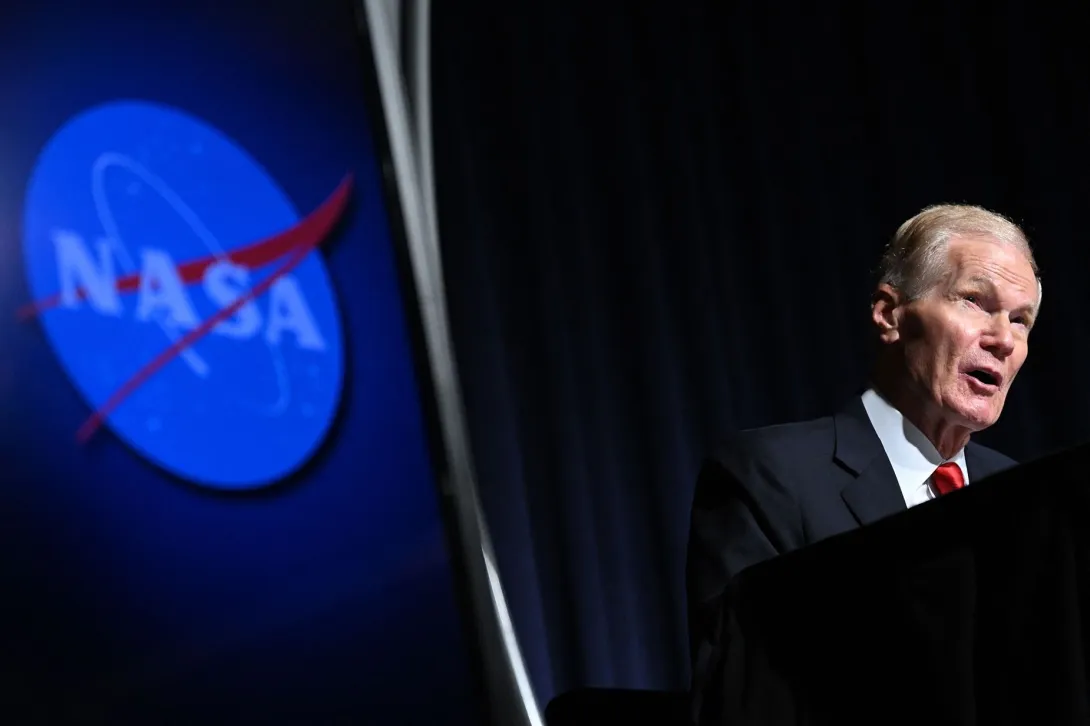Congressional Hearings and Whistleblower Claims
High-Profile Testimonies (2023)
One of the most striking events was a congressional hearing in July 2023, during which former U.S. intelligence official David Grusch claimed that the U.S. government has recovered “non-human” craft—possibly of extraterrestrial origin—and has been studying them in secret. Grusch’s testimony, alongside retired military pilots, brought UFO discussions into mainstream news headlines and raised pointed questions about governmental transparency.
Although many officials and scientists remain cautious or skeptical, the congressional hearing underscored a growing willingness by lawmakers to scrutinize decades of UFO secrecy. Representatives from both parties called for comprehensive investigations and improved reporting systems within the military and intelligence communities.
NASA’s Independent UAP Study Team
Public Report (September 2023)
NASA took a significant step in late 2023 by publishing the findings of its UAP Independent Study Team. The team—a group of scientists, engineers, and other experts—spent months reviewing declassified military data, pilot testimonies, and credible civilian reports. Though the report did not confirm extraterrestrial activity, it acknowledged that some sightings could not be explained by known aircraft, natural phenomena, or sensor anomalies.
One of the biggest takeaways was NASA’s announcement of a new Director of UAP Research—a position established to further improve data collection and collaborate with governmental agencies, private aviation companies, and even the public. NASA Administrator Bill Nelson stated that the agency aims to destigmatize UAP studies and prioritize scientific rigor in investigating the phenomenon.
Technological Advances in UFO Detection
Multi-Sensor Tracking and AI Analytics
Both governmental and civilian researchers are increasingly employing advanced technologies to examine UFO sightings:
- Radar and Infrared Systems: High-definition radar arrays and FLIR (Forward-Looking Infrared) cameras can now capture minute details—like heat signatures and flight paths—providing more robust data than ever before.
- Artificial Intelligence (AI): Machine-learning algorithms are being used to sift through thousands of radar tracks, satellite imagery, and pilot reports. AI can identify patterns or anomalies that might otherwise go unnoticed.
- Crowdsourced Reporting Apps: Platforms like MUFON’s online database or newly developed UFO-tracking apps let citizens report sightings, upload video evidence, and map them in real-time. This decentralized approach provides researchers with broader, more immediate data.
International Collaboration
Global Interest
UFO interest extends well beyond the United States.
- Japan and the United Kingdom have recently released declassified UFO files, showcasing decades of mysterious aerial encounters.
- France’s space agency (CNES) runs GEIPAN, a dedicated UFO investigation department.
- Brazil has a long history of reporting unusual aerial objects, some of which have been formally documented by the country’s Air Force.
As governments worldwide continue to declassify UFO files, there’s growing momentum toward international data sharing. Global collaboration could lead to more comprehensive efforts in identifying common features or patterns across sightings.
Notable Recent Sightings
- Military Pilot Encounters Off the U.S. East Coast (2022–2023)
Multiple Navy and Air Force pilots have reported objects performing seemingly impossible maneuvers: accelerating instantly, hovering without propulsion, or changing direction abruptly. - Civilians Capturing High-Resolution Footage
With advancements in smartphone technology, more civilian witnesses are capturing higher-quality images and videos of unusual lights in the night sky. While many prove to be drones, aircraft, or astronomical phenomena, some remain unexplained. - Reported Swarm of ‘Tic Tac’ Objects Over the Pacific
Building on the famous 2004 Nimitz Encounter, several new reports from 2022 and 2023 suggest that “Tic Tac”–like craft have been observed off the U.S. West Coast. Official investigations are ongoing.
Skepticism and Caution
While excitement grows, scientific skepticism remains a crucial safeguard against misinformation and hoaxes. Experts emphasize several rational explanations for many sightings:
- Classified military technology or advanced drone systems.
- Atmospheric phenomena like ball lightning or lenticular clouds.
- Misinterpretations of satellites (e.g., Starlink constellations) and celestial objects.
Nonetheless, the core group of well-documented sightings—backed by credible witnesses and sensor data—continues to intrigue serious investigators. Skepticism and open-mindedness are equally important in separating fact from fiction.
The Road Ahead: Data, Transparency, and Ongoing Research
Data-Sharing and Standardization
One of the biggest calls among UFO/UAP researchers is for standardized data collection. Efforts are underway to integrate reporting platforms and unify the way sightings are recorded—be it in the military, commercial aviation, or public sectors. A common reporting framework could streamline analysis and ensure consistency across agencies.
The Push for Transparency
Public pressure, fueled by widespread media coverage, has led more officials to acknowledge the need for clarity. Legislation aimed at declassifying older UFO files is gaining momentum in the U.S., potentially shedding light on decades of hidden research. Similar moves may follow in other countries if global cooperation efforts continue to expand.
Scientific Opportunities
New missions studying Earth’s atmosphere and near-Earth objects (NEOs) may inadvertently gather high-quality data on unexplained aerial events. Collaborations among NASA, ESA (European Space Agency), and private space firms could yield unexpected insights, bridging the gap between speculative UFO theories and empirical science.
Final Thoughts
After decades of secrecy and stigma, UFO research has made a surprising leap into the spotlight. Groundbreaking whistleblower testimonies, congressional hearings, and formal investigations by NASA and other agencies attest to a transformed landscape—one that finally welcomes scientific inquiry and demands greater transparency. While concrete answers remain elusive, the surge of new data and a worldwide push for openness suggest we’re on the cusp of deeper insights into the enduring UFO mystery.
Sources & Further Reading
- Congressional Hearing on UAP (July 2023) — house.gov archives
- NASA’s UAP Independent Study Report (2023) — nasa.gov/uap
- The Debrief and Major News Outlets (2023–2024 coverage of David Grusch)
- Mutual UFO Network (MUFON) — mufon.com

Comments